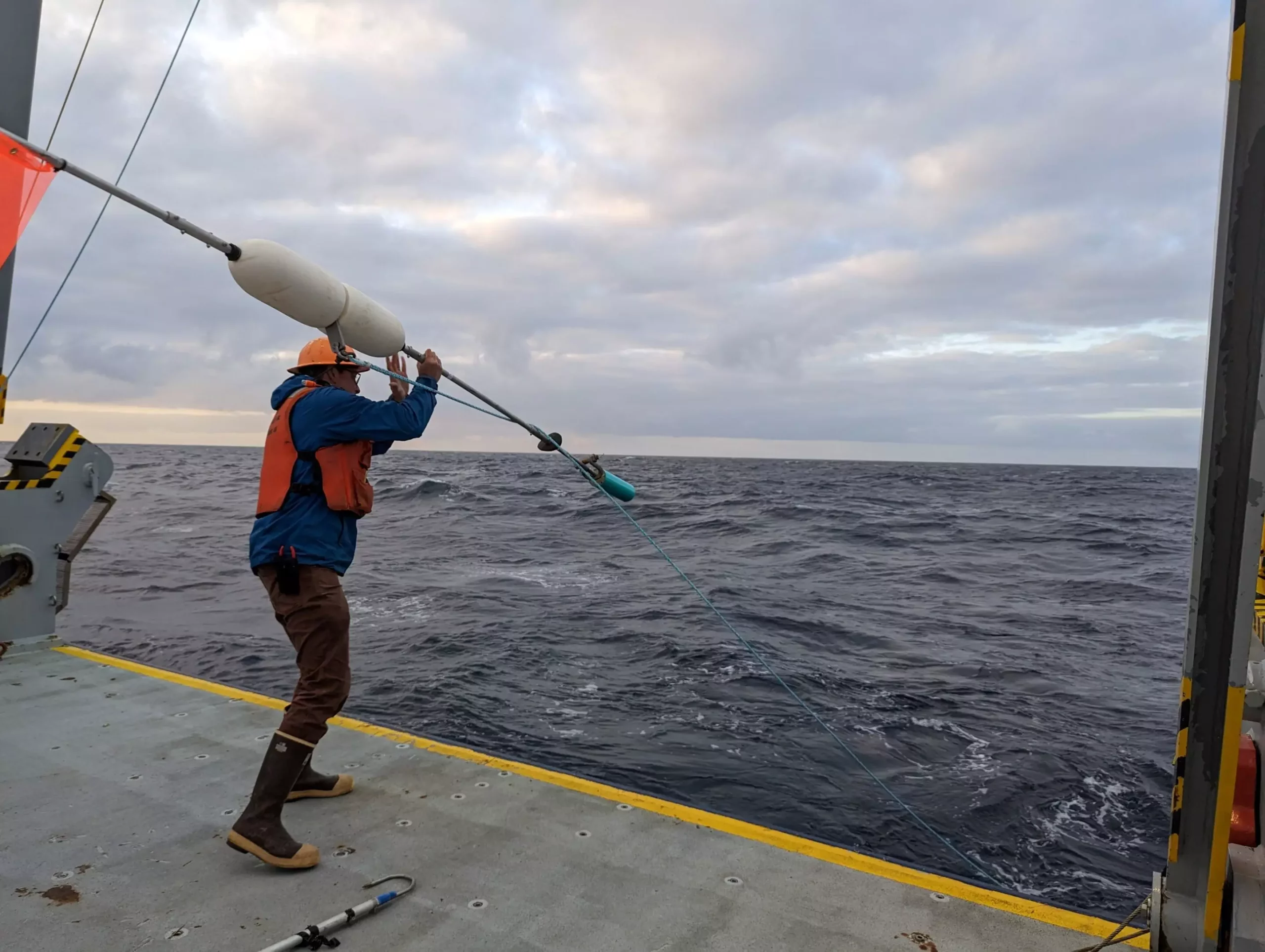The sequestration of carbon dioxide (CO2) from Earth’s atmosphere into the deep ocean is an intricate process significantly influenced by microbial life, particularly bacteria. At the core of this phenomenon lies the biological carbon pump—a natural mechanism through which carbon-rich organic material, such as lipids, is transported from the ocean’s surface to its depths, effectively sequestering CO2 for extended periods. Recent findings have illuminated the importance of bacterial dietary preferences in this process, revealing how these microscopic organisms play a pivotal role in the fate of organic matter as it descends through various oceanic layers.
Understanding Dietary Preferences of Bacteria
In a groundbreaking study published in the journal *Science*, researchers investigated the dietary preferences of marine bacteria focusing on organic compounds, notably lipids. According to senior scientist Benjamin Van Mooy from the Woods Hole Oceanographic Institution (WHOI), the research unveiled a surprising diversity in bacterial feeding behavior. Certain bacteria exhibit selective behavioral patterns, thriving on specific lipid molecules, while others show a more versatile, promiscuous nutrient-sourcing strategy. This specialization could significantly impact our understanding of carbon cycling in ocean ecosystems, where the degradation of organic matter plays an essential role in regulating global CO2 concentrations.
The study emphasized that around 5-30% of surface particulate organic matter consists of lipids, underscoring the significance of these biomolecules as sources of energy and carbon for marine microbes. As this organic material sinks, it becomes a crucial component of the biological carbon pump, with resident microbial communities actively breaking down and utilizing these lipids—an activity that crucially modulates the efficiency of carbon sequestration in the deep ocean.
The complexity of marine ecosystems extends beyond isolated bacterial interactions; it involves intricate relationships within microbial communities. By utilizing synthetic bacterial communities with distinct dietary preferences, the researchers were able to illustrate how microbial interactions influence lipid degradation rates. The findings revealed that community dynamics could significantly alter how efficiently lipids are transported within the mesopelagic zone of the ocean, which ranges from depths of 200 to 1,000 meters.
Roman Stocker, a co-author of the study, expressed excitement over the prospect of integrating advanced chemical analysis techniques with microscale imaging. His belief in the potential of combining these technologies underscores a deeper understanding of the interaction between microbial life and oceanic carbon cycles, suggesting that such interdisciplinary research could yield crucial insights into the functioning of marine ecosystems.
An important aspect of the research highlighted how the ocean’s lipid composition is not static; it varies geographically and seasonally. Bacterial consumption patterns may shift based on the environmental context—certain regions may facilitate more efficient lipid sequestration than others. Understanding these spatial and temporal variations could pinpoint ‘hotspots’ for natural carbon sequestration, guiding future conservation and management strategies in the face of changing ocean climates.
The study’s co-author Lars Behrendt noted that recognizing bacteria’s selective nature regarding lipid preference alters our conceptual framework about microbial behavior. It invites a more nuanced understanding of how microorganisms interact within their habitats, competing or collaborating for nutrient sources. The complexity of these interactions can significantly affect the breakdown of organic compounds in the oceans.
While the research primarily focused on bacterial interactions, it is essential to acknowledge the role of phytoplankton in the carbon cycle. These microscopic organisms are crucial contributors to the ocean’s capacity as a carbon sink; they absorb vast amounts of CO2, comparable to the total absorption of terrestrial plants. Uria Alcolombri, another co-author, emphasized that phytoplankton serve as the primary producers in marine ecosystems, fundamentally supporting the food web and the biological carbon pump.
This ongoing exploration of microbial dynamics in the ocean illustrates the intricate web of life playing a vital role in maintaining Earth’s climate stability. As researchers deepen their understanding of these organisms and their interactions, they can refine models predicting carbon fluxes and develop effective management practices to mitigate climate change impacts.
With growing awareness of the critical influence of microbial interactions on carbon sequestration, future research direction must focus on a holistic understanding of marine ecosystems. This knowledge will not only enhance our ability to forecast changes in global carbon levels but also support the development of effective strategies for preserving ocean health in a warming world. The integration of innovative technologies and refined methodologies promises to unravel the complexities of microbial life in the oceans, paving the way for sustainable management of marine carbon resources.

